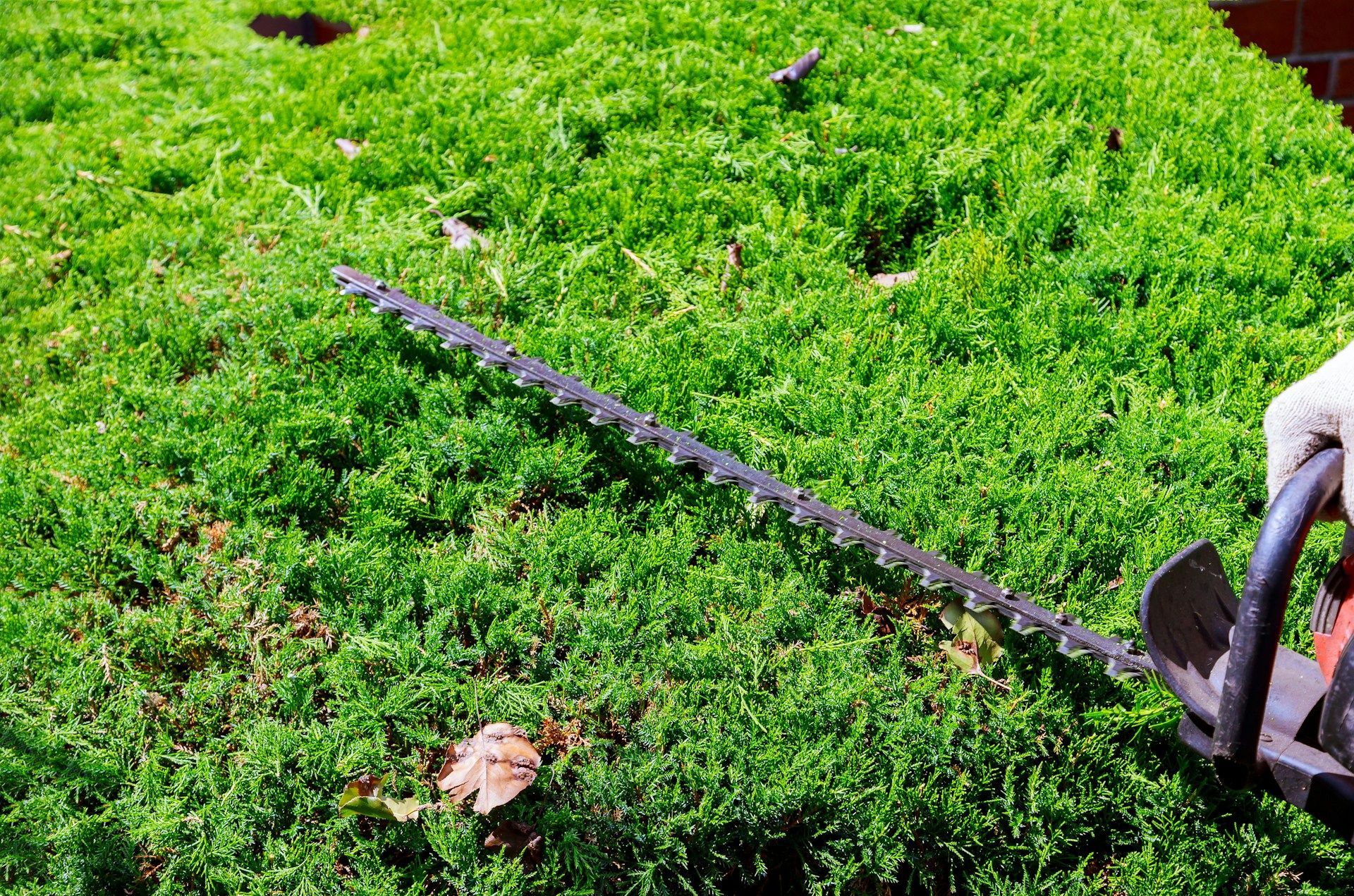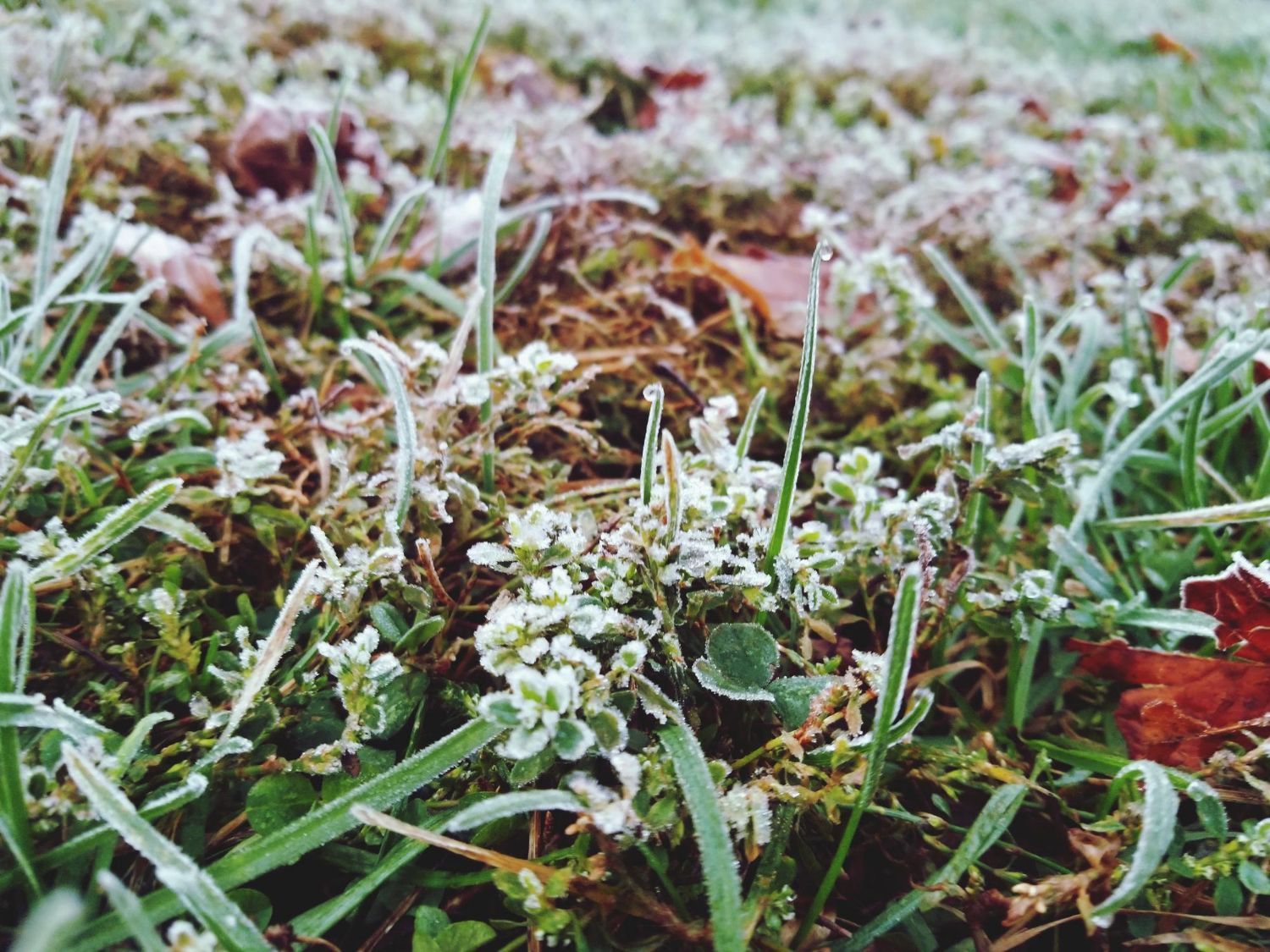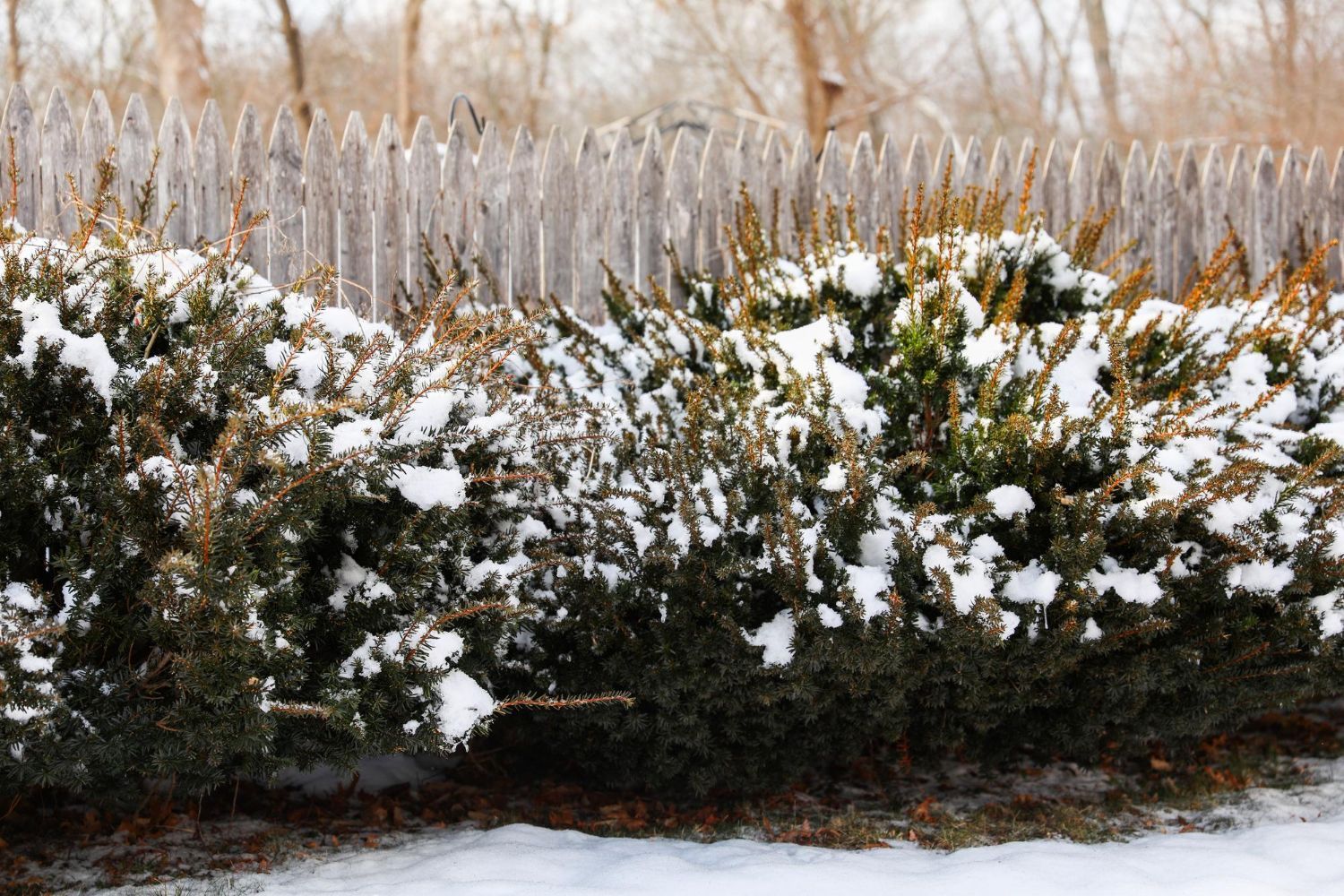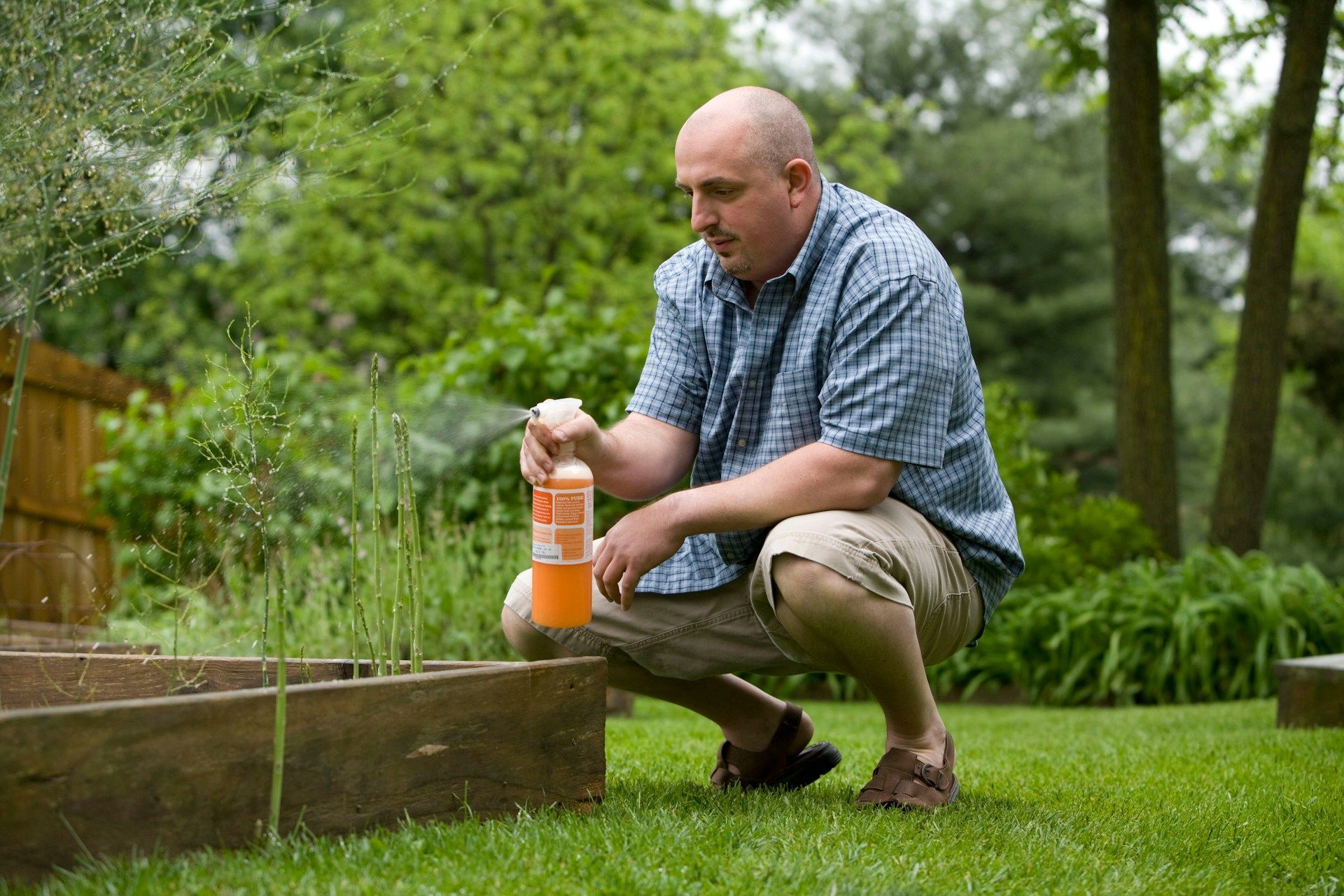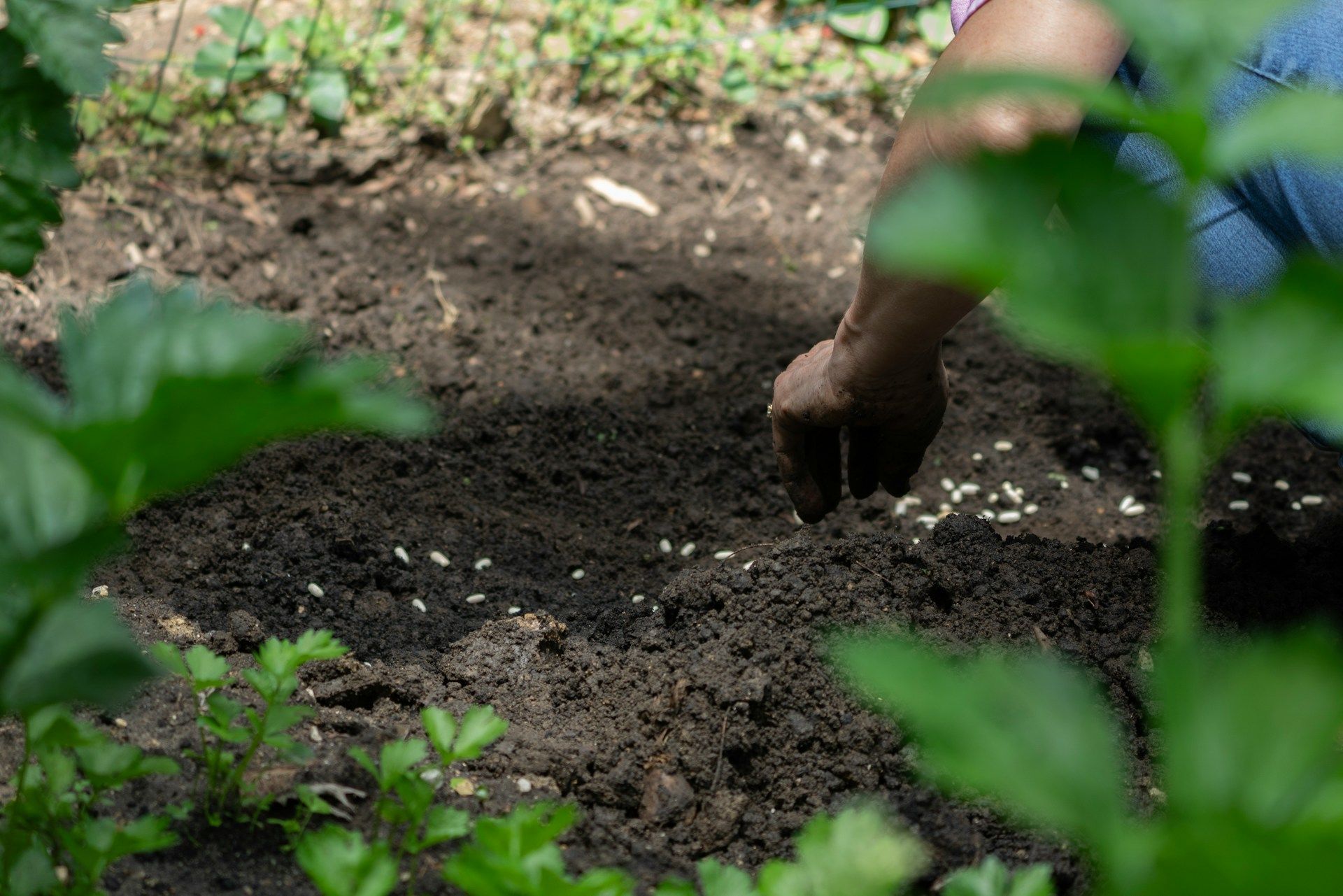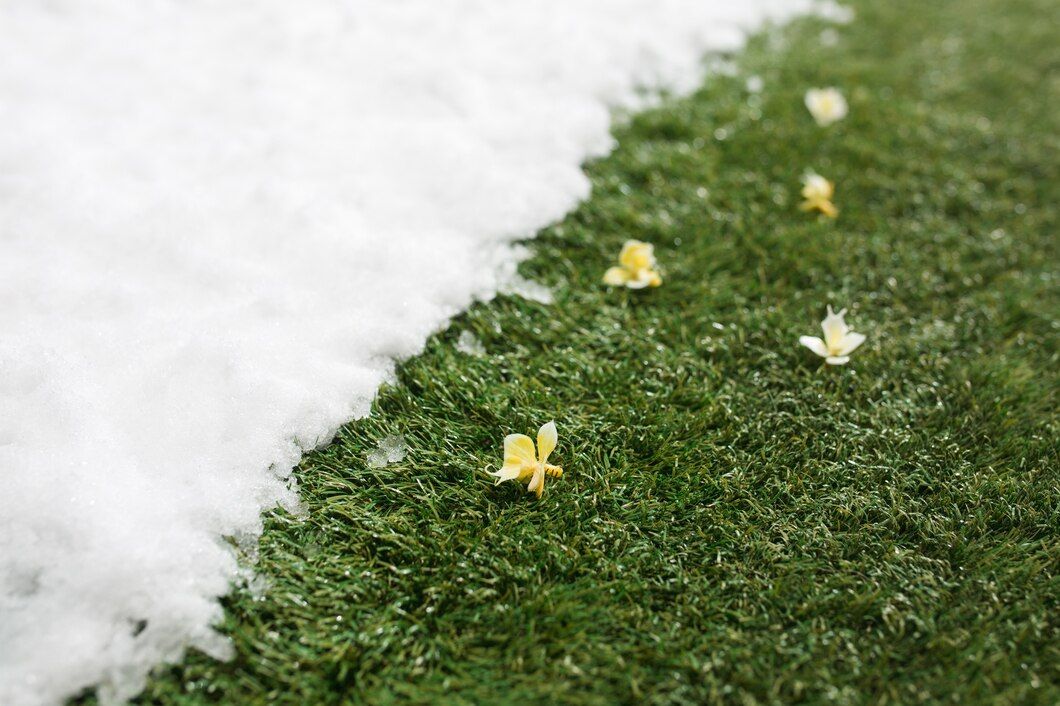What Our Customers Are Saying
How to Get Rid of Weeds and Promote Lawn Fertilization
Maintaining a healthy lawn involves more than just mowing. Weeds can quickly take over your outdoor space, choking out the grass and ruining the look of your yard. To keep your lawn looking its best, it's essential to understand how to eliminate these pesky plants and promote proper fertilization effectively.
Using the right strategies for weed control and fertilization, you can enjoy a lush green yard all season long. Let's explore some practical tips and techniques for keeping your lawn in shape.
Understanding Different Types of Weeds
Common Lawn Weeds in New Jersey
New Jersey lawns are home to a variety of weeds. Some of the most common ones you might encounter include dandelions, crabgrass, and clover. Dandelions are easily recognizable by their yellow flowers and fluffy seed heads. Crabgrass is a tough weed that spreads quickly, especially in thin or bare spots on your lawn. Clover is another frequent intruder, identified by its small, white, or pink flowers and trifoliate leaves.
These weeds can compete with your grass for water, sunlight, and nutrients. Understanding your weed types is the first step toward effective control.
Identifying Weeds vs. Grass
Spotting the difference between weeds and lawn grass can sometimes be tricky. Weeds often have a different leaf shape, color, and growth pattern than grass. For example, broadleaf weeds like dandelions have broader leaves, while grasses tend to have thinner, blade-like leaves.
Crabgrass often grows in clumps and is lighter green than most lawn grasses. Clover has a distinctive 3-leaf pattern that sets it apart. Knowing these differences helps you quickly identify and target weeds before they spread.
Weed Growth Patterns and Seasons
Weeds grow at different times of the year and have varying life cycles. Some weeds, like dandelions and clover, are perennial and can come back year after year if not dealt with properly. Others, like crabgrass, are annuals, meaning they complete their life cycle in one season but can spread seeds that germinate the following year.
Spring and early summer are prime times for many weeds to sprout and grow. Understanding their growth patterns and seasons allows you to time your weed control efforts effectively.
Effective Weed Control Strategies
Manual Weed Removal Techniques
Manual weed removal is one of the oldest and simplest methods for controlling weeds. Tools like hand trowels, hoes, and weed pullers can be very effective. Remove the entire weed, including the roots, to prevent regrowth. This approach is labor-intensive but highly adequate for small infestations or individual weeds.
Pull weeds when the soil is moist for best results, making removing the roots easier. Regularly inspecting your lawn and promptly removing any weeds can help keep your yard weed-free.
Using Pre- and Post-Emergent Herbicides
Herbicides can be a powerful weapon against weeds. Pre-emergent herbicides are applied early in the season to stop weed seeds from germinating. These are particularly useful against annual weeds like crabgrass. Apply these herbicides before weeds sprout, usually in early spring.
Post-emergent herbicides, on the other hand, kill weeds that are already growing. They can be applied directly to the weeds' leaves and are effective against many species. Always follow the instructions on the herbicide label to ensure safe and effective use.
Organic Weed Control Options
Organic weed control options are available if you prefer a more natural approach. Vinegar, for instance, can be sprayed directly onto weeds to kill them. Boiling water is another method that can effectively eliminate weeds, especially in cracks in sidewalks or driveways.
Corn gluten meal acts as a natural pre-emergent herbicide, inhibiting the growth of weed seeds while not harming your existing grass. These organic methods can be an excellent alternative for those who want to avoid synthetic chemicals in their lawn care routine.
Promoting Lawn Fertilization for a Healthier Yard
Choosing the Right Fertilizer
Selecting the right fertilizer is critical to a lush and healthy lawn. Different grasses have different nutritional needs, so it's essential to know what type of grass you have. Fertilizers have different nitrogen, phosphorus, and potassium ratios—called N-P-K ratios. For most lawns, a balanced fertilizer with a ratio of 10-10-10 or a nitrogen-rich blend like 20-5-10 is ideal.
Organic options, such as compost or manure, also provide nutrients and improve soil health. Check the fertilizer label to ensure it suits your lawn's specific needs. Conducting a soil test to see what nutrients your soil might lack is often a good idea.
Proper Application Techniques
How you apply fertilizer matters just as much as which type you use. The most effective method is to use a broadcast or drop spreader to distribute the fertilizer evenly across your lawn. This ensures that every part of your yard gets the nutrients it needs.
Avoid applying fertilizer just before heavy rain, as this can wash away nutrients before they soak into the soil. Lightly water your lawn after application to help the fertilizer penetrate the soil, but avoid overwatering. Always follow the instructions on the fertilizer package for the best results.
Fertilizing Schedule for Optimal Growth
Timing your fertilization is essential for optimal lawn health. Most lawns benefit from a fertilization schedule that aligns with their growing season. For cool-season grasses, the best times are early spring and fall. Warm-season grasses thrive with fertilization in late spring and summer.
Applying fertilizer three to four times a year usually keeps your lawn in shape. However, avoid over-fertilizing, as this can harm your grass and lead to nutrient runoff, which affects the environment. Regular feeding at the correct times helps your lawn grow strong and resist weeds and pests.
Combining Weed Control and Fertilization
Benefits of Integrated Weed and Feed Products
Using integrated weed and feed products offers the convenience of handling two lawn care tasks simultaneously. These products contain fertilizers and herbicides designed to nourish your lawn while controlling weeds, which can save time and effort compared to applying separate products.
Weed and feed products promote healthy grass growth and target weeds simultaneously. They are handy for busy homeowners who may not have the time for a multi-step lawn care process. Integrated products can simplify your lawn maintenance routine while delivering effective results.
Tips for Safe and Effective Use
Follow simple tips to get the most out of weed and feed products. First, read the label carefully to ensure the product suits your type of grass. Then, apply during the appropriate season for your specific lawn—usually in spring or fall when weeds are most active.
Use a spreader to distribute the product evenly across your lawn. Avoid applying just before heavy rain or mowing. Lightly water your lawn after application to help the product penetrate the soil and start working. Keep children and pets off the lawn until it's scorched to ensure safety.
Long-Term Lawn Maintenance Strategies
Combining weed control and fertilization is an effective way to maintain a healthy, beautiful lawn long-term. Monitor your lawn for signs of weeds, pests, and nutritional deficiencies. Regularly aerate your lawn to improve soil health and reduce compaction, which can help both weed control and fertilization efforts.
Overseeding in the fall can also help to thicken your lawn, making it harder for weeds to gain a foothold. A consistently well-maintained lawn is your best defense against weeds and pests, ensuring a beautiful and healthy yard all year long.
Conclusion
A well-maintained lawn enhances the beauty of your home and provides a comfortable outdoor space for your family. You can keep these unwanted plants at bay by understanding the types of weeds in your area and implementing effective control strategies. Coupled with proper fertilization, your lawn will grow strong and healthy, naturally resistant to future weed invasions.
Combining weed control and fertilization efforts can simplify your lawn care routine. Integrated products and consistent maintenance practices lead to a lush, vibrant yard that you'll be proud to show off. Monitoring, aerating, and overseeding are additional practices supporting a thriving lawn.
For a professional
lawn weed control service, consider Healthy Lawn. Our expert team provides tailored solutions to keep your lawn looking its best. We've got you covered whether you need help with weed control, fertilization, or overall yard maintenance. Contact Healthy Lawn today to ensure your lawn stays green and beautiful year-round.


